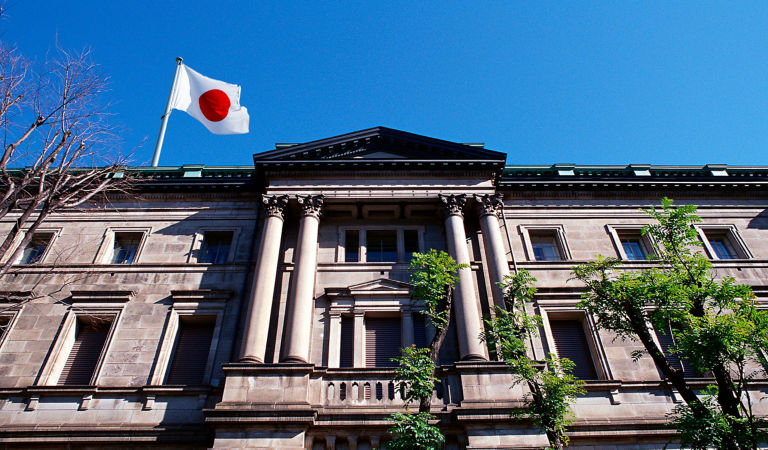The deed is done. The Bank of Japan (BOJ) has finally made its long-anticipated pivot out of negative rates. While markets reacted positively to this well-telegraphed move, I think it is far from the end of the matter. In my view, there are four important questions that need answering, with potentially major implications for investors worldwide given Japan’s anchor role in global markets.
Is this the start of normalisation?
At the time of writing, investors appear to believe that the BOJ is largely done, with only one additional rate rise priced till year end. However, I believe that market consensus is at odds with where we are in the cycle. Inflation and nominal growth are holding up, and the BOJ appears increasingly confident that it will achieve its hitherto elusive 2% price stability target. Both observations suggest that the move to neutral territory may be faster than expected. Further downward pressure on the yen could accelerate that process.
What does this mean for debt sustainability?
In my opinion, the greatest risk to the BOJ successfully exiting its monetary stimulus programme relates to the fiscal implications rather than a potential stifling of the long-overdue economic recovery, even if adjusting to nominally positive rates will be challenging for many companies. Rising yields are likely to severely weaken the balance sheet of the BOJ, as they will erode the value of its extremely large Japanese Government Bonds (JGB) holdings. However, the impact of normalisation will even be more dramatic for Japanese government finances because of higher debt servicing costs, particularly as the government has not taken advantage of higher nominal growth to reduce its spending. Moreover, when the BOJ finally exits its bond buying programme, the government will have to offer higher yields to attract alternative buyers for its debt, further eroding its finances.
It is this exceptionally close relationship between monetary and fiscal policy that makes Japan’s path towards normalisation so treacherous. I believe it will ultimately force policymakers into difficult trade-offs between:
- allowing yields to rise and curtail fiscal spending despite a shrinking tax base and rising needs in areas such as health and elderly care, defence and climate change adaptation; or
- accepting a weaker yen and importing more inflation, which could ultimately undermine the goal of raising real wages.
Could inflation end up running too high?
After 25 years of deflation, Japan decided to resort to shock therapy by pursuing a deliberately “reckless” policy. This approach has started to work as core inflation has averaged 3% over the past two years. Yet the public and markets appear not fully convinced yet of the BOJ’s resolve to let inflation run. Arguably, modest rate hikes could even be stimulative given:
- the size of the Central Bank’s balance sheet;
- the outstanding reserves in the financial system (roughly 80% of GDP);
- loose fiscal policy; and
- a historically weak currency.
While recent readings suggest a decline in core inflation, slowing savings rates, higher wage and capex intentions and, importantly, a pickup in property lending, all point in the opposite direction. If these tentative signs of a shift in behaviour were to strengthen, it could have unintended consequences. This puts the BOJ in an uncomfortable position. If it waits for a significant upswing in bank lending to be certain of success, it could unleash high inflation, which would be socially challenging given Japan’s ageing population. On the other hand, letting rates and yields rise too quickly could kill off the recovery or cause an abrupt upward move in JGB yields.
What are the implications for global investors?
The potential for instability in JGBs and a further weakening of the yen could undermine Japan’s status as global market anchor and raise questions about debt sustainability. An alternative path to smooth Japan’s exit from its decade-long policy experiment could be to persuade domestic saving institutions to reenter the JGB market. However, such a development would reduce Japanese demand for global assets and remove a key factor that has helped to keep global yields and risk premia low and stable. Data from the Bank of International Settlements suggests that Australia and the euro area countries, especially France, could be the most affected by this reversal in capital flows, which coincides with weakening demand from other high-surplus economies, notably Germany.
Over time, I believe that a successful reset of Japan’s economy may create new opportunities at both asset class and security levels that active investors can exploit.
For now, I think investors should focus on signals that the BOJ may proceed faster than most market observers expect, with the attendant potential for market disruption.






Japan equity: Reason to believe
Continue readingBy
Toshiki Izumi, CFA, CMA